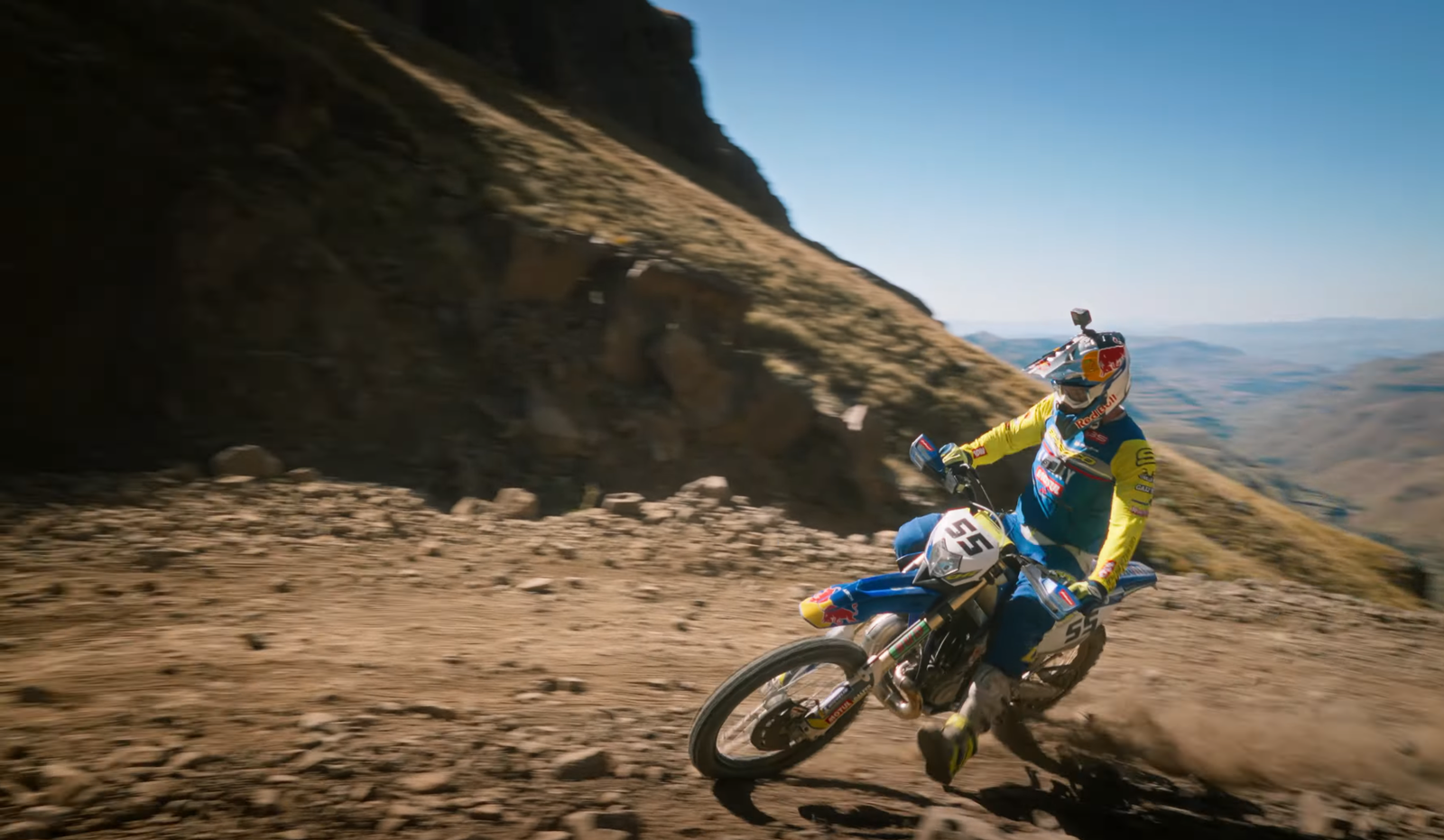What happens when you put a jet engine on a dirt bike?
450cc dirt bikes have been ‘too fast’ almost since the first generation, so the obvious solution is to go for a jet engine instead

The dirt bike world is in a strange moment where everyone races four-strokes, everyone loves two-strokes, and everyone knows that the electric revolution is on the way. But, perhaps jet power hasn’t been given the consideration it deserves.
450cc dirt bikes are so fast that KTM barely bothered with them in the early days. Instead, they gave Antonio Cairoli a 350 SX-F to win the Motocross World Championship in 2010-2014.
.png?width=1600)
The 450 SX-F only really became a true consideration for KTM and its factory racing programme when it signed Ryan Dungey to its US race team for the 2011 season. To win in the 450 class of AMA Supercross, as Dungey had done in 2010 as a rookie with Suzuki, a 450 was needed.
Anyway, fast forward to 2023, and now jet power is what you need. Well, actually, it’s Jett power, after Jett Lawrence won all 22 races in the AMA Pro Motocross series to win the championship with a perfect season as a rookie, before winning two races and the championship in the 450 calss of the inaugural SuperMotocross World Championship play-off series.
The guys at the 999lazer YouTube channel appear to have taken this ‘jet power’ philosophy pretty seriously and stumbled across an actual jet-powered dirt bike. As in, a dirt bike that has a jet engine between the rider’s legs.
It doesn’t take a particularly long look at the thing to work out it won’t go especially far on the loose stuff. Besides the wacky powerplant, it also runs slick tyres, and the engine kind of kills the ground clearance.
The bike was built by Scott Littledike (AKA ScottsCrazyBuilds), who spent five years on the project which began life as a 125cc four-stroke Yamaha trail bike. Transforming that into the jet bike you see in the video took quite a lot of homemade engineering, including a heat shield for the underside of the seat to protect the rider’s backside from 115C of scolding heat.
The video sees Scott fire the bike up, let it idle, and then fire up the (also homemade) afterburner which creates temperatures of around 500C.
It’s quite the machine, but we reckon there might be some, erm, rideability tweaks to be made before jet power can take on Jett power.
Find all the latest motorcycle news on Visordown.
Image credit: 999lazer/YouTube.

